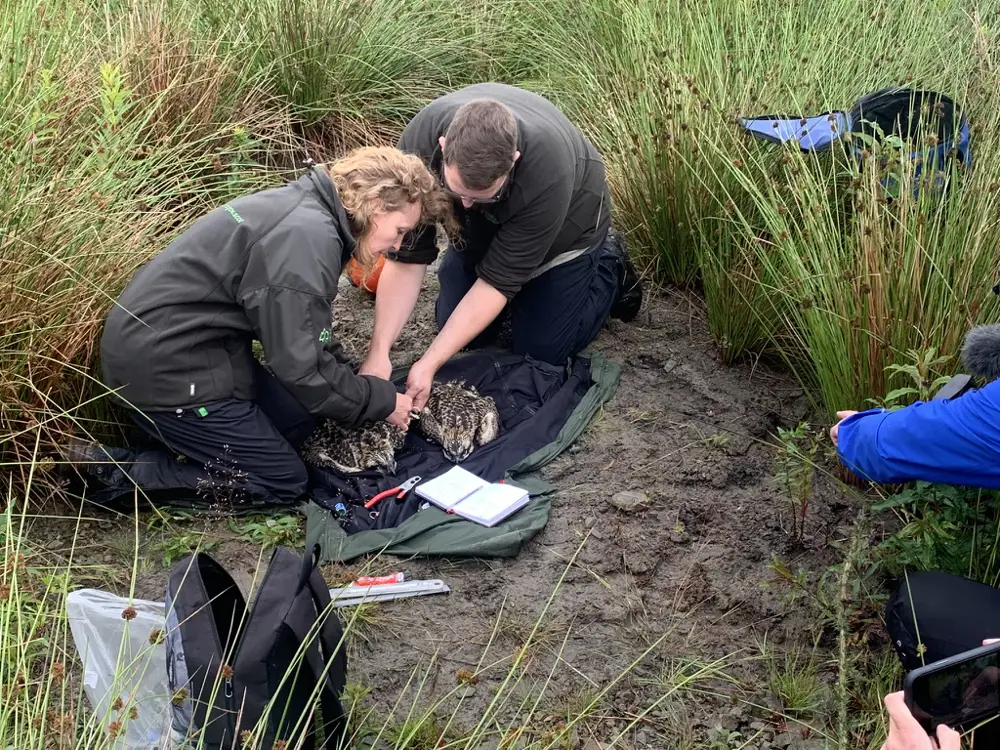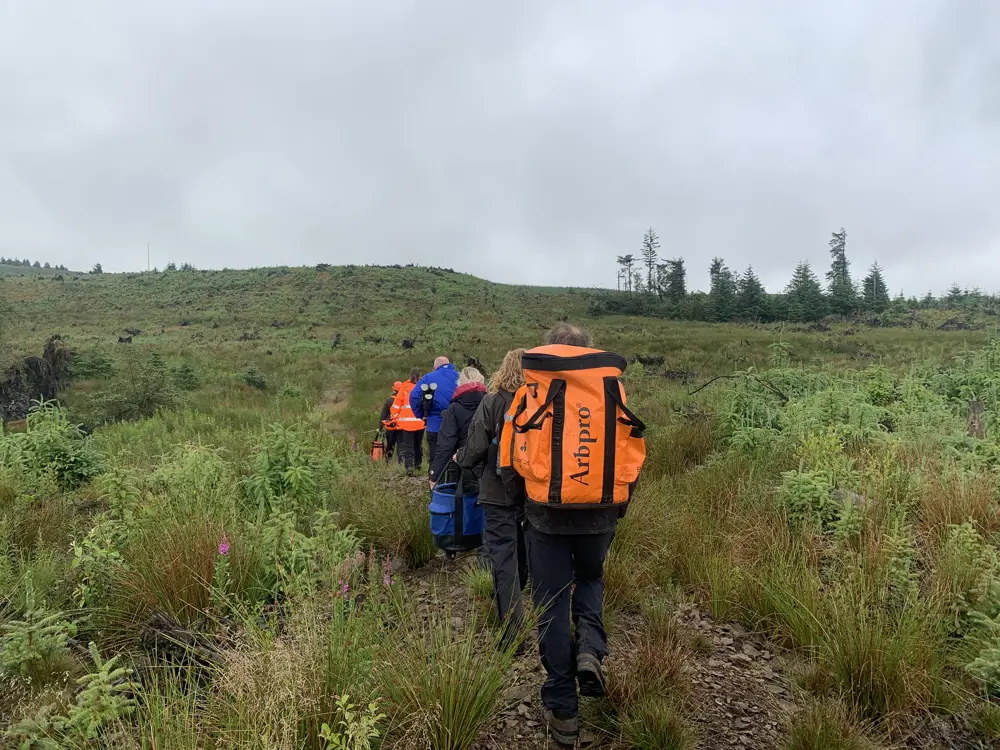Behind the lens: protect Scotland’s Wildlife on the BBC

We recently hosted a BBC news crew to several of our forests to film a segment on protecting Scotland’s wildlife.
The package – which included interviews with two of our staff members – aired on BBC Breakfast and the 7-minute-long piece was seen by more than 6 million viewers!
The purpose of the piece was to raise awareness of the impacts of disturbance to wildlife by people when they’re out and about in Scotland’s wild places.
Increasingly, people are seeking to spend time out in nature and in our forests, which is something we welcome and encourage. However, if they are not mindful of the potential for their actions to cause harm, or do not take proper care, wildlife and habitats can be disturbed, even destroyed.
Year-round, we discover – or are summoned to deal with – evidence of human disturbance to ecosystems. Problems include littering, fires, tangled fishing line that’s been left behind, unofficial bird hides and unofficial tracks or paths across sensitive habitats.

The hook: using raptors to enrapture
Scotland’s forest and lochs are nesting grounds for one of Earth’s greatest fishers, the osprey. The population of this captivating raptor has slowly been increasing after near extinction in Europe, so it was no surprise that the team at the BBC jumped at the opportunity to get close to the bird of prey.
Approaching nesting ospreys cannot be done without obtaining a licence (from NatureScot) that allowed our team of foresters and rangers to take the BBC journalist and cameraman to a nest to film the ringing, weighing and measuring of two osprey chicks.
Provided this is done as quickly and efficiently as possible, the chicks are not exposed to any harm and their parents return to the nest once the ‘threat’ has moved away. Capturing this special moment provided the BBC with a unique visual to lead into the package on ‘Protect Scotland’s Wildlife’ campaign.

Lights, camera, action and… #ProtectScotlandsWildlife
A lot of time and effort goes on behind the lens of a news shoot, from dawn starts to risk assessments.
Traipsing through forest and bog to reach locations for this segment – after a week of heavy rain – was no exception. Though the osprey ringing was completed quickly, foresters Katy Anderson and David Kelly still had their work cut out for them.
Heading to another two locations, the pair gave interviews on the responsibility of the public to safeguard Scotland’s wildlife, particularly when taking part in outdoor activities. Howard Sargent drew the short straw and had to get up especially early to meet the BBC crew on location to do a ‘live link’ to BBC Breakfast at 7am in the morning!
Our team took the BBC reporter and cameraman to a spot where wild campers had left behind rubbish and lit a fire using deadwood gathered off the forest floor – all within metres of an osprey nest. This same nest has now failed for two consecutive years; we believe that the consistent proximity of humans to the nest, is the key factor.

To reach this location, in fairly dense forest on the water’s edge, would have required some serious bushwhacking and bog-hopping that, following the flooding of shoes and scrapes, made everyone wonder why on earth people would go this far to camp in the area when other locations – nearer to services and bins – are closer by.
While the pandemic saw an increase in the public visiting forests and wild places – and while we are thrilled to see visitor numbers hold up – we are working hard to encourage people to always follow 'leave no trace’.
The behind-the-lens journey with the talented BBC team demonstrated the real power of journalism and reporting in raising awareness and fostering a sense of environmental stewardship. It was great to hear the ‘vox pop’ section of the package where members of the public spoke about how their impact is front-of-mind when they visit Scotland’s beautiful forests and wild places.
Find more about the segment on the BBC Scotland website.
- Activities that harm
- Fungi foragers urged to pick only what they need
- Forest visitors urged to follow safety signage